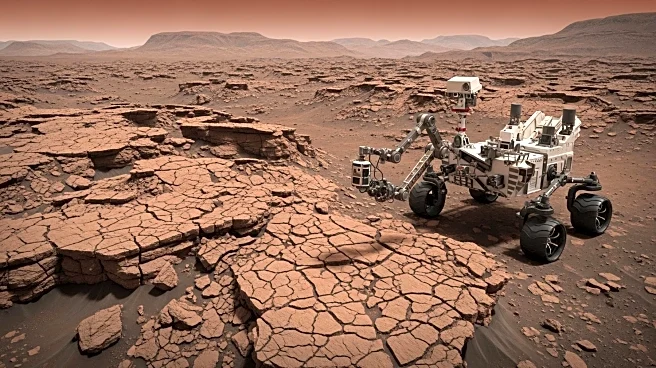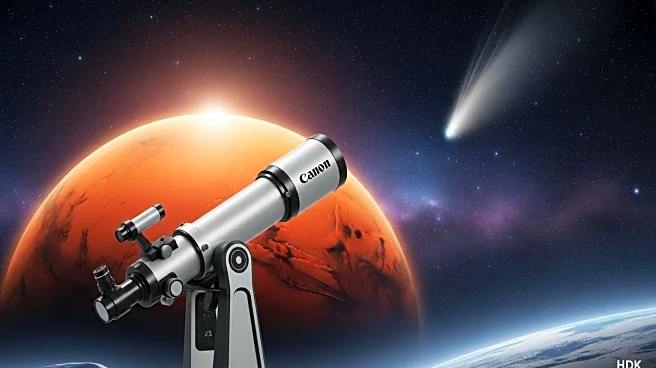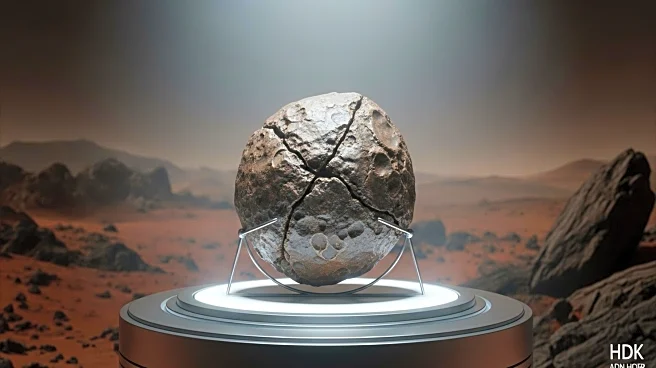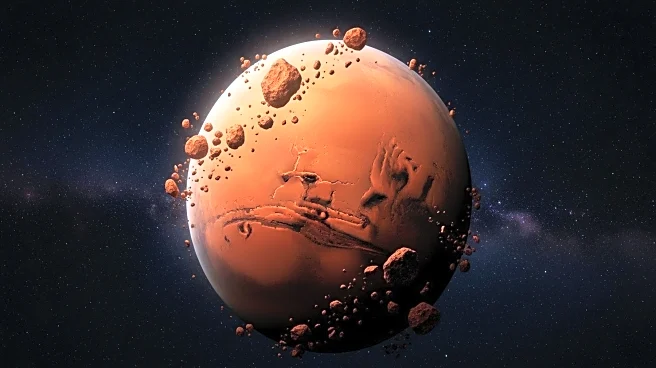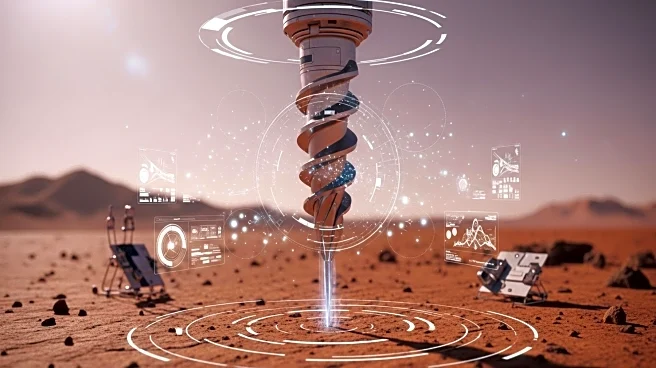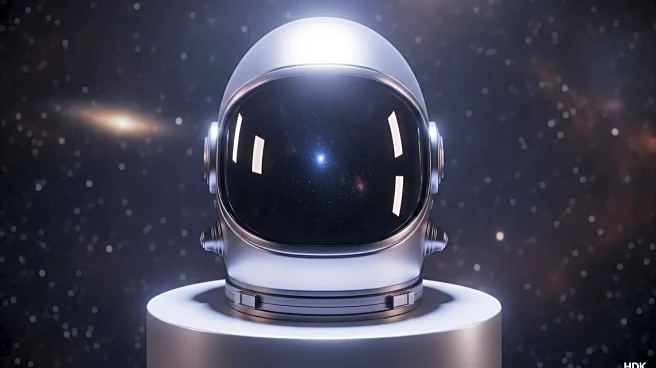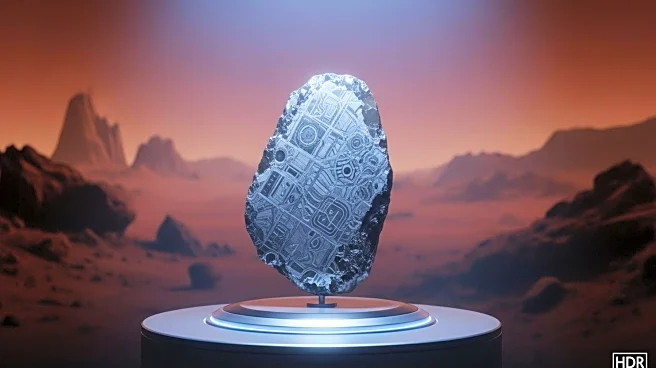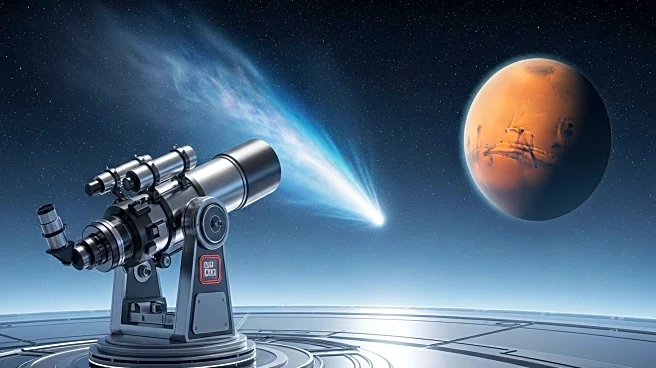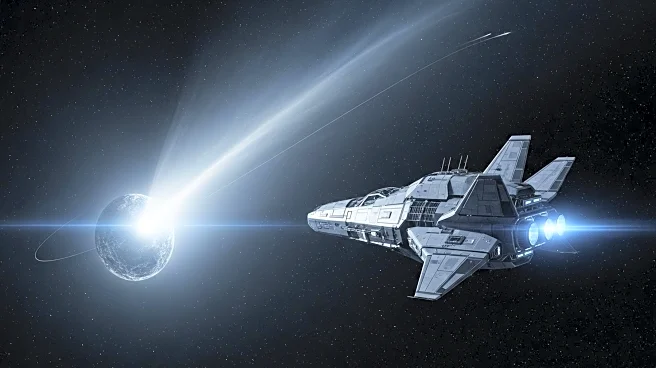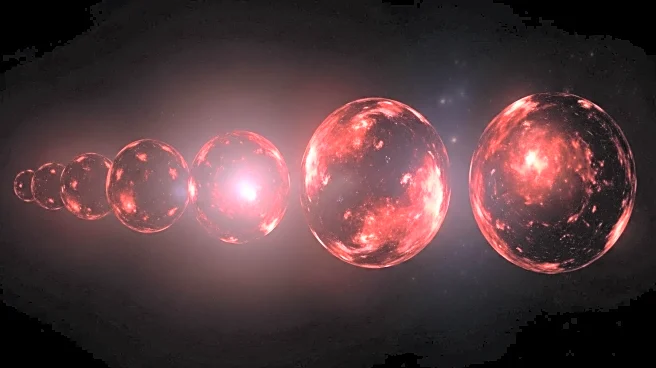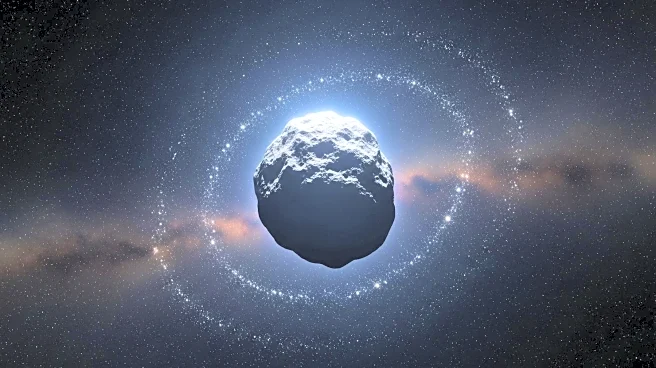What's Happening?
NASA's Curiosity rover is conducting detailed investigations of the 'boxwork' terrain on Mars, focusing on ridges and hollows to understand their formation. The rover is performing remote and contact science, including imaging and chemical analysis, while navigating challenging terrain. Recent activities include capturing Mastcam mosaics and ChemCam observations, as well as overcoming significant tilts during drives. The rover's operations are part of a broader effort to study Martian geology and environmental conditions.
Why It's Important?
Curiosity's exploration of the boxwork terrain provides valuable insights into Mars' geological history and environmental processes. Understanding the formation of these structures can inform scientists about past water activity and potential habitability. The rover's findings contribute to the broader goals of Mars exploration, including the search for signs of life and preparation for future human missions.
What's Next?
Curiosity will continue its scientific investigations, focusing on imaging and chemical analysis of Martian rocks and soil. The rover's operations will adapt to seasonal changes, such as increased dust in the atmosphere. Future plans include navigating new terrain and selecting targets for detailed study, contributing to ongoing research on Mars' geology and climate.
